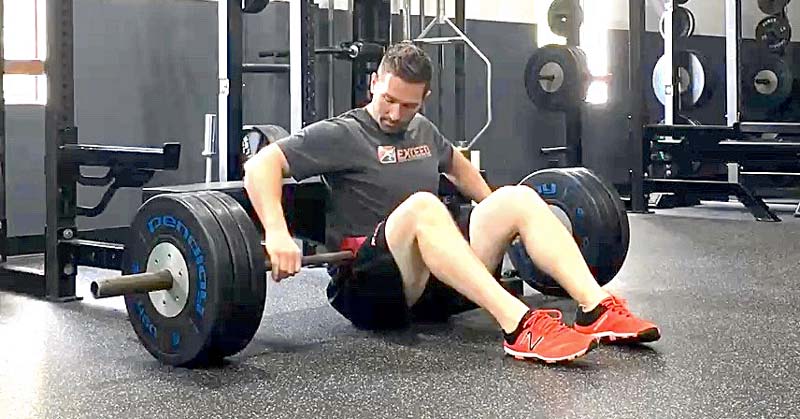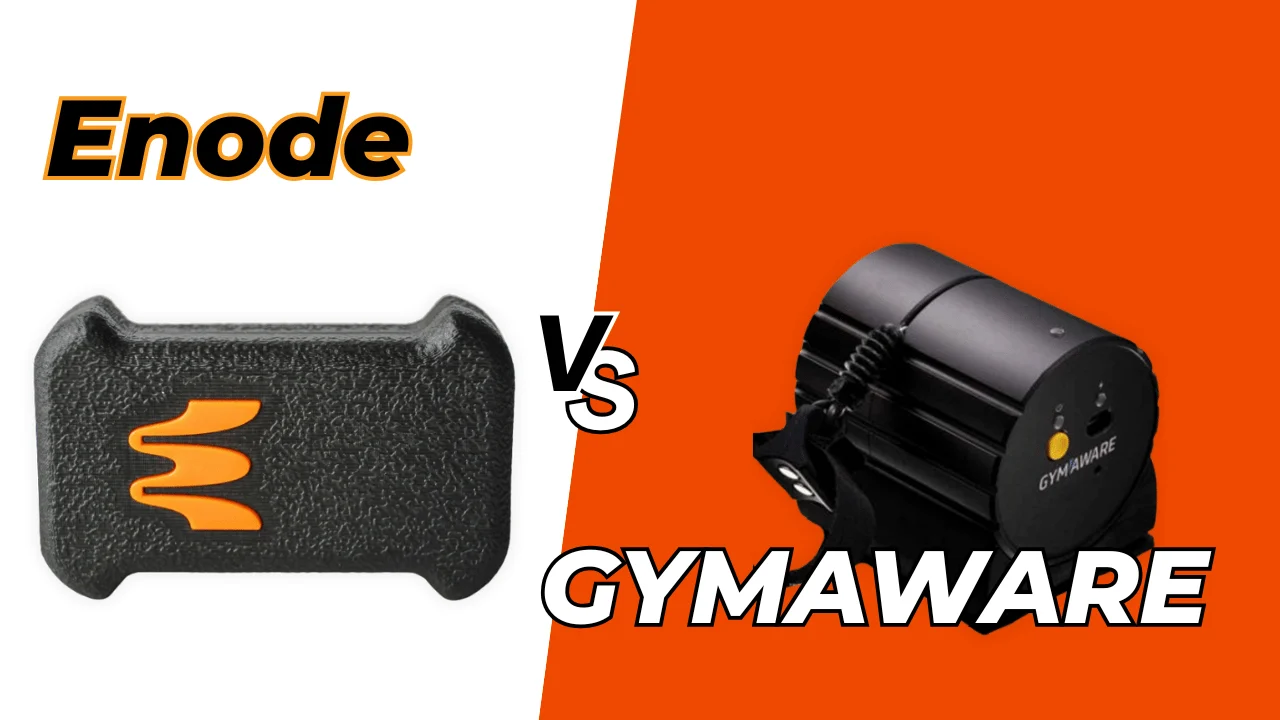[mashshare]

The barbell hip thrust has been a hot topic of conversation lately in the physical preparation world. Some barbell hip thrust enthusiasts are now conceding that they drew premature conclusions about the exercise’s efficacy from incomplete data, particularly data pertaining to the relationship between hip thrusting and acceleration ability. We should commend these people for their intellectual honesty.
Newer studies suggest that the hip thrust may indeed have no effect on acceleration, and this finding is being cited as validation for the scientific process. Science, in other words, is a self-correcting process worthy of our trust. I agree, but with a very important caveat: Perhaps it isn’t science that is self-correcting, but the ability of human beings to solve problems.
The Interpretation of Science in Sports Training
Science does not exist independently of people and their ability to make reasonable inferences. This distinction is significant because the scientific method is contingent upon our ability to generate meaningful questions and to determine the generalizability of information obtained from a highly constrained set of circumstances.
Barbell hip thrusts were never good or bad. The scientific method works very well for answering certain questions, but does not resolve complex problems without human interpretation and tinkering outside the laboratory. Having the luxury of inquiring about the utility of the barbell hip thrust in a controlled setting is a testament to our ability to solve much more pressing issues like food procurement, protecting ourselves from the elements, remaining safe from predators, and cooperating politically and economically. Though these matters require continued refinement, our individual and collective ability to adapt to the environment is astonishing.
The question of when to justify a general strength exercise w/empirical data is a fascinating one, says @greenfeetPT. Share on XThose who engage in barbell hip thrust discussions often conclude that more controlled trials are necessary to clarify the utility of the exercise. However, I don’t think more “science” will help illuminate the discussion, because general strength exercises with little transfer to something like sprinting may not warrant their own studies. The question of when to justify a general strength exercise with empirical data is a fascinating one. Provided an exercise like the barbell hip thrust is safe, we need to appreciate that there is no “answer” here because too many variables influence an outcome measure like sprinting ability.
Key Questions to Ask When Evaluating the Barbell Hip Thrust
The barbell hip thrust is a microcosm for any exercise performance, and rehabilitation professionals overly scrutinize in the absence of broader context. We’ll be having a similar conversation about another exercise in the very near future. Hopefully, the following questions help provide a platform for further discussion about the degree to which general strength exercises contribute to complex performance outcomes:
- Have actual running and programming considerations more specific to sprinting been sufficiently resolved, such that the influence of a barbell exercise on this variable is really pertinent?
- In studies that showed the barbell hip thrust to be effective, how was the novelty of the exercise accounted for? Most athletes are exposed to squat variations; not as many to barbell hip thrusts. Novel stimuli are more likely to elicit an adaptive response.
- Why barbell hip thrusts versus squats? What did squats do to become a barometer for sprint performance in the first place?
- In a well-controlled study, the experimental group and the control group should be identical except for the variable in question. In the context of this discussion, we assume that the training program both groups follow is otherwise sound but for the barbell hip thrust, whose effectiveness is not yet determined.
We also assume that this program is appropriate for all test subjects and that these subjects must stick to the script to remain eligible for the study. How often do actual coaches adhere to a scripted program without any modifications over the course of weeks or months? Standardization preserves the integrity of the study at the expense of how most sprint coaching actually occurs.
- Why is more EMG activity in a particular muscle a desirable outcome? EMG is easy to measure but its emphasis in physical therapy and performance circles warrants serious appraisal. EMG studies promote a continually growing “All-Star” team of muscles. How many more muscles or exercises are worthy of their own article? EMG activity, while easy to quantify, isn’t necessarily more telling than a coach’s eye for position.
- All other things being equal, incorporating any barbell exercise into a sprinting program should only lower the reading on the stopwatch in untrained athletes, low-level sprinters, or highly adaptable athletes, perhaps adaptable to the point of fragility. No single intervention should substantially modify the behavior of a robust system.
This is not to say that a barbell hip thrust might not affect sprint performance for better or worse in conjunction with other modifications (where multiple variables interact to produce measurable change), just that more controlled barbell hip thrust trials are unlikely to considerably alter sprint preparation.
Deciding What to Prescribe in Your Training
In full disclosure, I do not prescribe barbell hip thrusts in my own practice. I might utilize an unloaded bridge variation to groove a hip extension pattern, but I haven’t found a compelling reason to place 300+ pounds on that real estate, even with an AirEx pad. Even athletes who don’t test particularly “strong” in other general strength exercises seem to be able to utilize a lot of weight in a hip thrust.
I’ve seen high school athletes who struggle to perform decent push-ups and pull-ups move 315 pounds in a barbell hip thrust for reps. I don’t think we should pursue loading for its own sake. Nevertheless, there are coaches I regard as mentors who liberally incorporate barbell hip thrusts into their programs. Their rationale for choosing a hip thrust is likely guided by the same principles that influence my own programming, not that I am by any means the judge of what constitutes good training.
Ultimately, I just don’t think the question of whether to use a leg press, power clean, squat, or barbell hip thrust to improve sprint performance in team sport athletes is a fundamentally important one. These exercises aren’t competing with one another. In practice, it probably doesn’t matter. What matters more is how we justify our systems and our processes—why we tinker the way that we do.
The way we justify our systems & our processes matters more than determining what exercise to use, says @greenfeetPT. Share on XI’m comfortable admitting that the things I do may not affect the competitive outcome very much, but that I still contribute to an athlete’s success or failure in some way that I’ll never be able to measure. Front office personnel and technical coaches demand that sports scientists and medical providers quantify their worth to the organization, yet the former groups should—if they’re intellectually honest—have an equally difficult time determining the degree to which they influence outcomes.
Parting Thoughts on Exercise Selection and Training Process
There’s more to it than wins and losses, so ultimately, we all defer to what we regard as our informed opinion. Sports science, though a worthy pursuit, is nothing more than informed opinion based partially on objective data. This uncertainty, however, makes the performance coaching process more enjoyable.
Sports science is nothing more than informed opinion based partially on objective data, says @greenfeetPT. Share on XCoaching can be systematic without being scripted. The performance team is just a single component of a multi-disciplinary process. Formally studying general exercises in isolation is probably not what’s going to elevate the standard of care in the profession. So, the verdict on the barbell hip thrust is…keep tinkering with it—or don’t.
Since you’re here…
…we have a small favor to ask. More people are reading SimpliFaster than ever, and each week we bring you compelling content from coaches, sport scientists, and physiotherapists who are devoted to building better athletes. Please take a moment to share the articles on social media, engage the authors with questions and comments below, and link to articles when appropriate if you have a blog or participate on forums of related topics. — SF
[mashshare]




